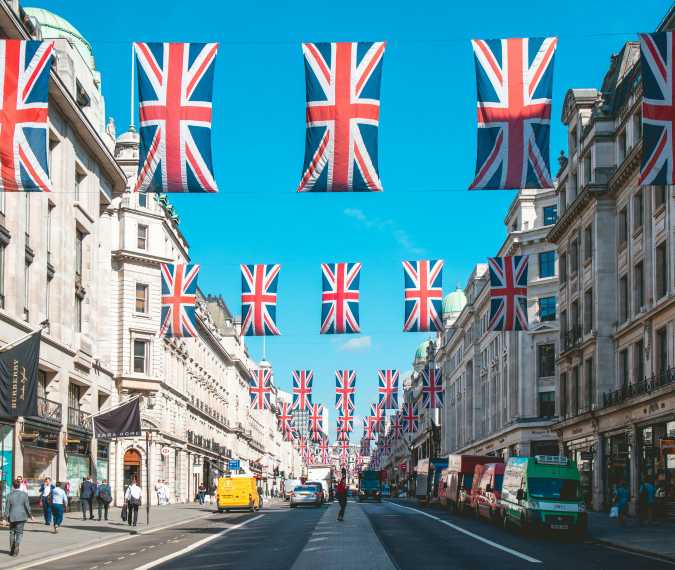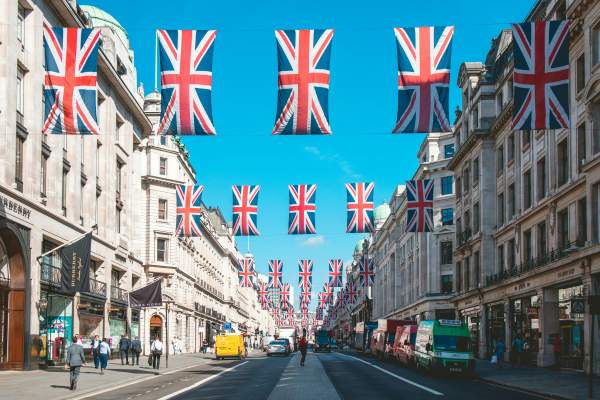
It’s official: London has become a worse place to live
Every year, the Global Liveability Index provides a closer look at how cities around the world compare in terms of daily living conditions. It helps people like you—whether you're considering a move, traveling, or simply curious—to understand how truly livable different places are.
This annual ranking, created by the Economist Intelligence Unit (EIU), evaluates 173 major cities worldwide. The cities are scored based on factors such as stability, healthcare, education, culture, and infrastructure. These categories help paint a clear picture of what life is actually like in each location.
In 2025, one of the world’s most iconic cities, London, experienced a noticeable decline in its liveability score. Once considered one of the best cities to live in, it has now fallen nine places, ranking 54th globally. What caused this dip? Are things truly getting worse, or are other cities simply doing better?
Let’s take a deeper look at what these rankings mean and what they tell us about life in London today.

Photo: unsplash.com/@chan_lee94
Who Ranks the World's Cities and Why It Matters
The Economist Intelligence Unit, part of The Economist Group, is the team behind the Global Liveability Index. These analysts and researchers carefully evaluate different cities each year using a clear set of standards.
Why does this ranking matter to you? Because it’s not just another list. It affects real-world decisions—where companies invest, where expats move, and even where tourists choose to visit. When a city’s score drops, it sends a message about its current challenges
For global citizens, digital nomads, and travel enthusiasts, rankings like this offer valuable insights. They give you a peek into life beyond the tourist spots—how safe it is, how easy it is to get healthcare, and how well a city runs overall.
So when a city like London slips down the list, it’s a signal that something’s changed—and not necessarily for the better.
In this year’s index, London took a brutal hit, sliding from a more favorable position down to #54. A nine-spot drop is nothing to scoff at—especially for a city as influential as London.
The biggest reason behind the decline? Stability. The United Kingdom has faced serious issues this past year, including rising unrest and public safety concerns. These events significantly impacted London’s score, making it appear less safe and stable than in previous years.
Of course, part of the reason for the drop is that other cities improved. Places like Hong Kong, Miami, and Milan moved up the rankings, pushing London further down the list.
When cities are ranked, it's not just about what's happening within their borders. It's also about how they compare to others.
For example, if Milan improves its transport system or Miami reduces crime, it moves up, and another city may move down by comparison. London’s drop wasn’t just about its struggles. It was also about how well other cities did in key areas.
This is why the Global Liveability Index is dynamic. It changes year by year, based on shifting trends, unexpected events, and urban planning decisions.
One of the main reasons for London’s lower score in 2025 was a decline in national stability. In particular, a tragic event in Southport triggered unrest across the UK.
Earlier in the year, an individual carried out a violent attack at a children’s centre, resulting in the deaths of three children. The horrific incident sparked nationwide riots and protests. These events profoundly affected how safe and stable the country was perceived to be, not just in London, but also in other major cities.
For global indexes that measure liveability, events like these are significant. They suggest that even well-developed countries can face serious internal issues, and that impacts how people experience everyday life.
The tragedy in Southport wasn’t just a local event. It had a ripple effect that touched cities across the country. Media coverage, political fallout, and ongoing protests continued for weeks, creating an atmosphere of unease.
In cities such as Manchester, Edinburgh, and London, this led to tighter security, transportation disruptions, and a general sense of unrest. All of these things made urban life more stressful and unpredictable, key factors in liveability scoring.
While the UK is still regarded as a safe country overall, this year’s events remind us that stability is fragile and must be maintained with care.
It’s also important to look at how other cities have improved. Places like Milan, Miami, and Hong Kong have invested heavily in urban infrastructure, healthcare, and public safety. These investments are paying off.
As a result, they climbed the rankings, pushing cities like London further down the list. This shows that liveability is not just about avoiding bad news—it’s also about staying ahead through innovation and improvement.
In other words, London didn’t just fall—it got overtaken.
A rank of 54 out of 173 may not sound terrible, but it’s a sharp decline for a city of London’s stature. It means that over 50 other cities are now seen as more livable.
Still, London’s overall score was 89.2 out of 100, which technically places it in the top tier of global liveability. According to the EIU, any score above 80 indicates that daily life is comfortable primarily, and residents face few serious challenges.
So while the drop is concerning, it doesn’t mean London is suddenly unlivable. It just means there’s room for improvement, especially when it comes to security and public trust.


